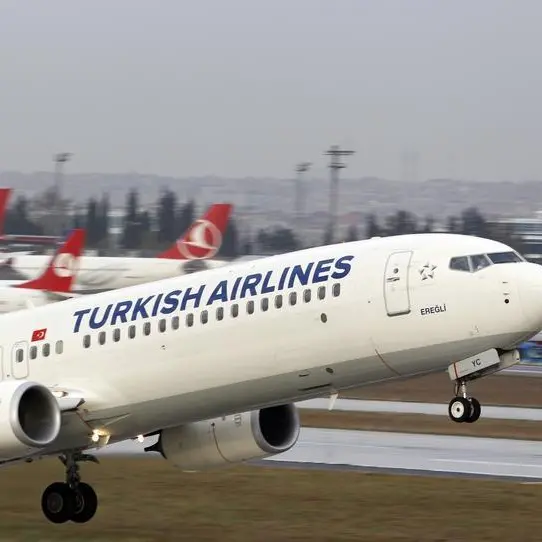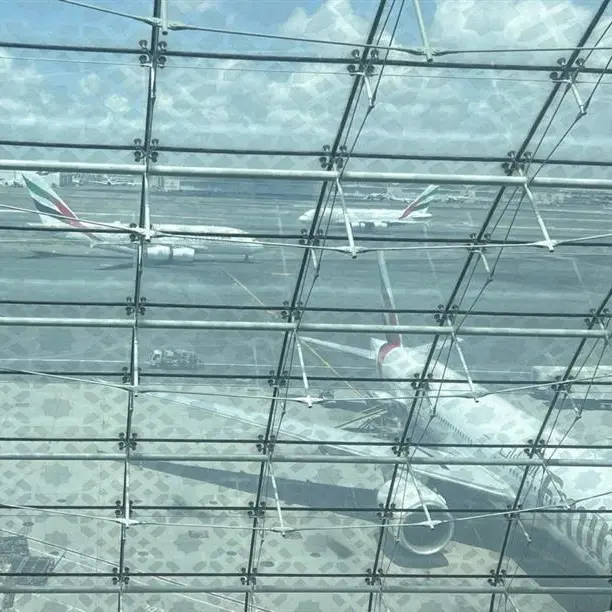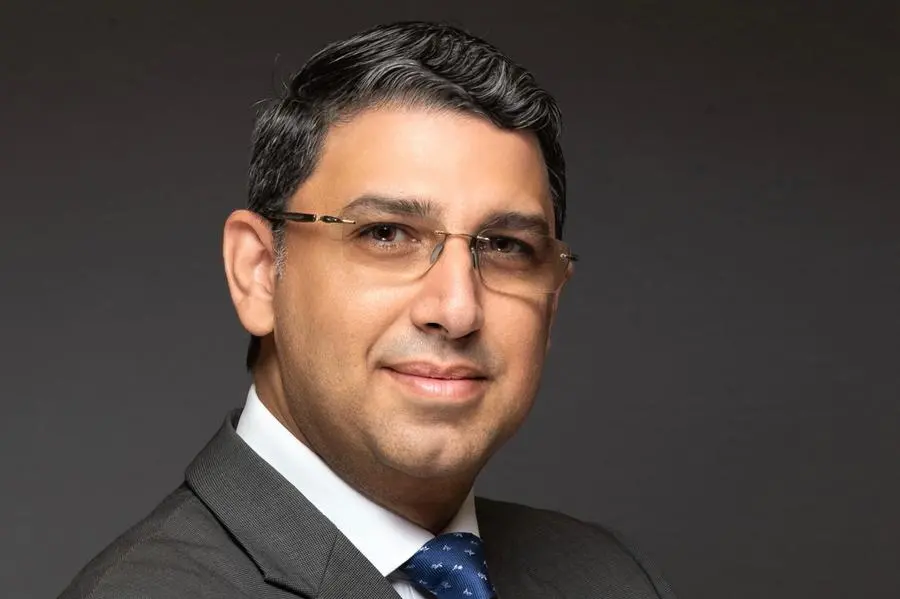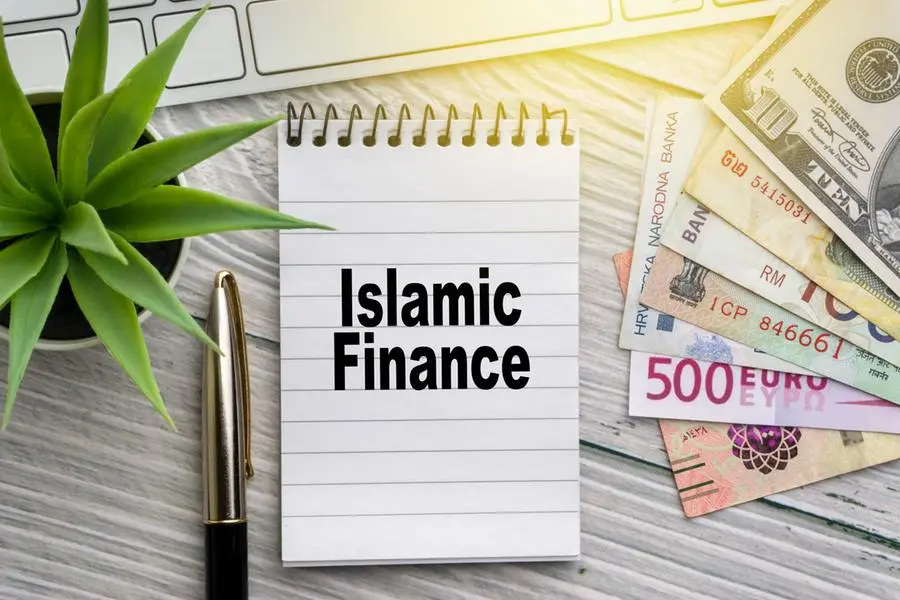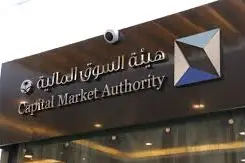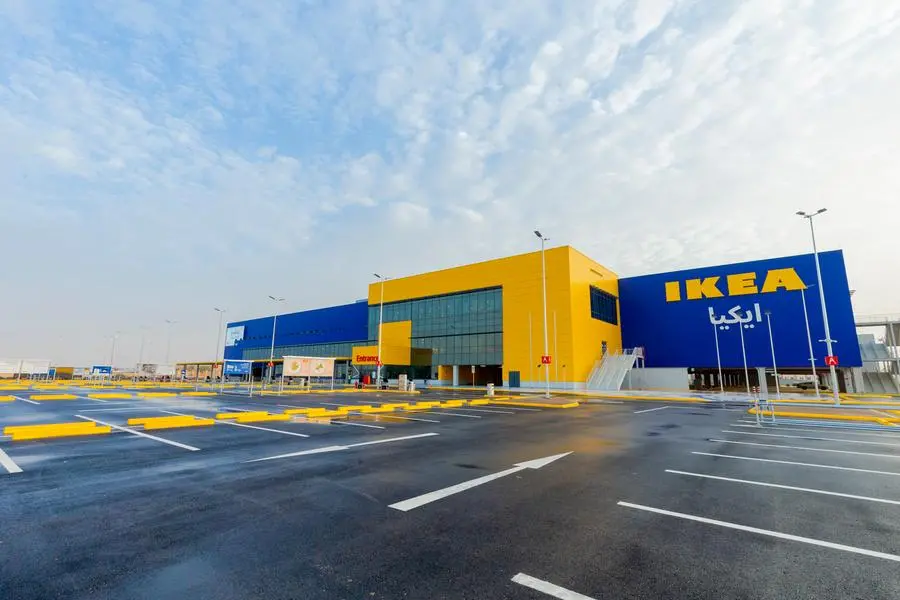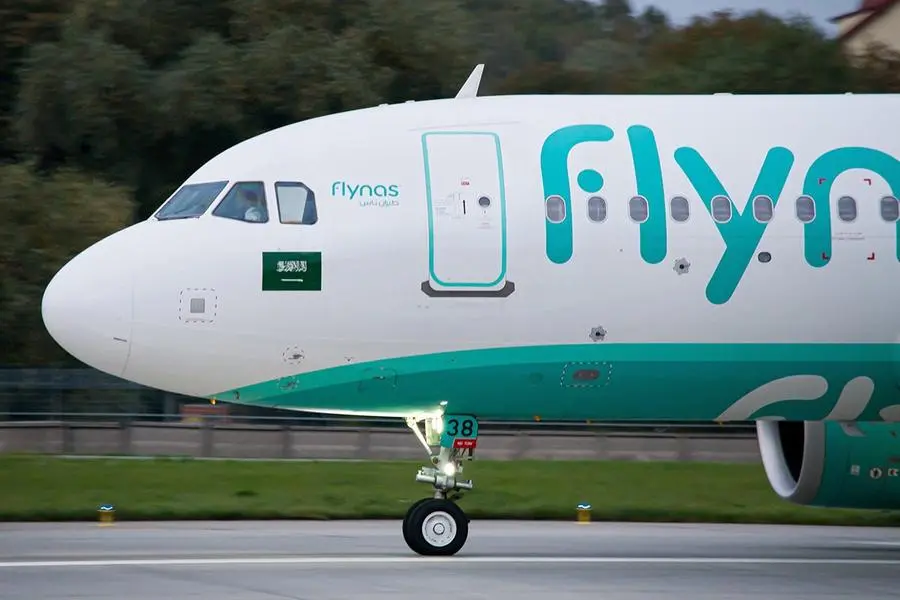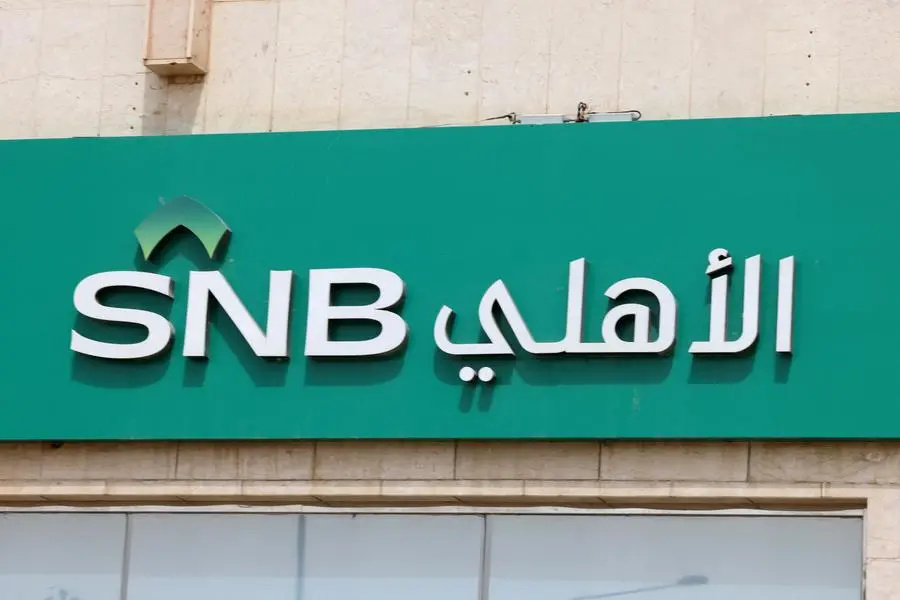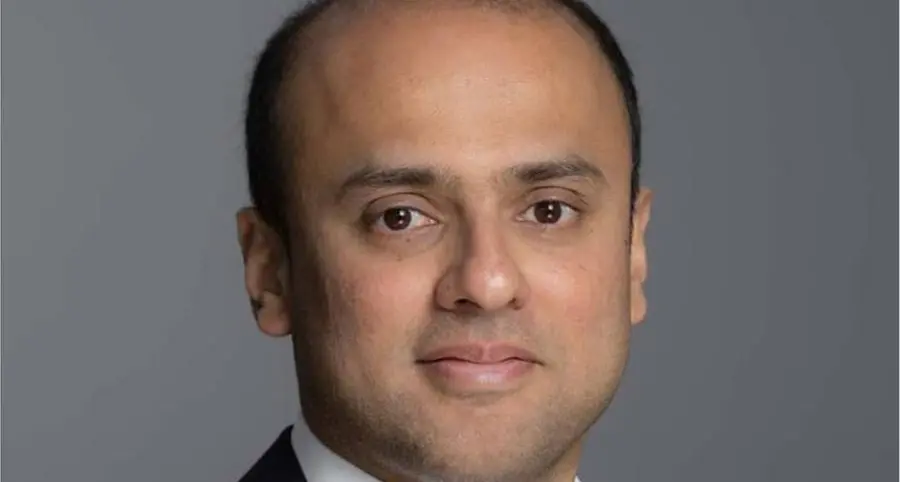Education projects worth more than USD 33 billion are underway across the Middle East and North Africa (MENA) region, according to Zawya Projects Monitor.
Regional governments are pouring billions to raise educational standards, in a bid to improve labor skills and match job requirements to the education and training of their citizens.
Middle East youth jobless rates was 26.40%, more than double the global average of 12.70% in 2012, according to the International Labour Organization (ILO) data. North African countries fared far worse, with youth joblessness standing at 27.50%.
Meanwhile, overall unemployment rates in MENA is forecast to remain in double-digits till 2017, close to double the global average, ILO data shows.
The largest education project in the region is in Iraq where the Kurdistan Regional Government is planning 2,000 schools in Erbil, Sulaymaniyah, Duhok and Garmian at a cost of USD 4 billion. Prequalification process for the first phase of 500 schools is underway, and the project is expected to be completed over the next decade.
But it is Saudi Arabia that dominates the education projects list, Zawya.com data shows. The kingdom has earmarked USD 21 billion on education sector, with a number of projects announced.
Some of the projects announced last year include:
- 18 university cities and academy complexes for male and female students in Jazan, Hail, Al-Jouf, Tabuk, Najran, Northern Borders, Al Bahah, Shaqra, Al Majma'ah, Taibah, Al-Qassim, Ta'if and Al-Kharj
- King Abdullah bin Abdulaziz City for Female Students at Imam Muhammad bin Saud Islamic University, Female Students City at King Saud University and Female Students City at Umm Al-Qura University
- 161 infrastructure and support projects
- 167 colleges for male students
- 161 colleges for female students
- 11,000 housing units for faculty members
- 100 housing units for students accommodating 50,000 students
- 3,800-bed 12 university hospitals in Jazan, Al-Jouf, Hail, Al Bahah, Ta'if, Taibah, Tabuk and Northern Borders, Najran, Rabigh, Al-Kharj and Al-Qassim
Elsewhere, the UAE, Jordan, Kuwait and Qatar are also focusing on education as a cornerstone of their infrastructure development programs.
The World Economic Forum's (WEF) latest Arab World Competitiveness Report 2013, underlines the need for investing in education to improve competitiveness in the Arab World and bring millions of citizens in the fold.
"Countries cannot move up the development ladder without investing in higher education and training, as more complex products and production processes require a skilled workforce," the WEF said in its report.
Private sector opportunity
Around 80-90 million people in the Arab world are expected to enter the workforce over the next 10 years, further exacerbating the unemployment problem for Arab governments.
The sector also presents itself as a viable asset class for the private sector as regional governments are often ill-equipped to offer the service.
Private sector can look forward to high returns on education sector investments, according to Colliers International, a real estate consultancy.
"Similar to healthcare, efficient private schools can make around 20% net profit margins. Both healthcare and education, as social infrastructure sectors, are now seen as legitimate asset classes in their own right, and with this recognition the demand from institutional and private sectors continues to grow.
"Given the ongoing global economic crisis, both the traditional real estate and local bourses offered limited scope to the investor and regional funds. Healthcare and education projects supported by strong demand demographics rapidly attracted funds and private investors looking towards new avenues of investment."
But while the region is looking at building educational infrastructure, ensuring the quality stands up to international scrutiny will also be crucial.
According to the Trends in International Mathematics and Science Study (TIMSS) - a global benchmark that measures quality of students across the world - MENA students fared quite poorly compared to their peers.
Compared to an average mathematical score of 500 of 8th-grade students across the world, Omani students scored 366, followed by Moroccans (371), Saudis (394) and Bahrainis (409). Only the UAE came close to the global average with 478 points.
GCC public education lags behind
While the Gulf public education sector offers universal education for nationals, it falls behind on quality and effectiveness, especially when compared to private schools.
"Other than private schools being expensive, there are notable differences between private and public education," said Kuwait Finance Centre, or Markaz, in a recent report. "Government schools use Arabic as the primary language and focus on humanities, most importantly Islamic Studies. On the other hand, private schools usually use English as the main language and accord importance to sciences and mathematics."
The difference in education standards is key to raising the overall standards of MENA and is critical to compete with other regions. The WEF data shows that within MENA, the Gulf region can compete with European countries in many areas including macroeconomic development and infrastructure. It is miles behind EU in the areas of education and training.
"Regional leaders could prioritize reform in order to unlock barriers to job creation and private sector expansion," WEF said in its report. "These barriers differ across the region: with weak institutions and labor markets singled out as the most significant areas for improvement in North Africa; weak infrastructure and institutions in the Levant; and a pervasive education and innovation gap in countries in the Gulf."
© alifarabia.com 2013

